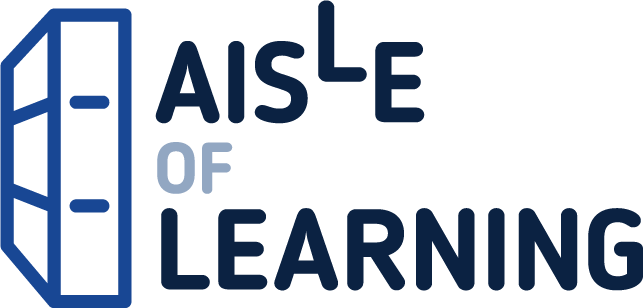When done right, small-group instruction is a powerful tool for facilitating student understanding in K-5 mathematics. Throughout the book, best practices for small-group math instruction are addressed in detail, from planning tasks that encourage deep understanding to asking effective questions to engaging learners in meaningful conversations. Readers will learn how teaching mathematics in small groups allows you to differentiate instruction for both remediation and enrichment. The included small-group instruction videos demonstrate the suggested strategies in a real-classroom setting, giving readers the opportunity to see best practice in action. Develop math-specific instruction strategies for teaching small groups in elementary school: Explore the benefits of small-group math activities and how these activities are unique compared to large-group instruction. Discover the teacher’s and students’ roles in small-group instruction and how teachers can help students develop the skills to fulfill their role. Learn how to apply the general tasks, questions, and evidence (TQE) process to small-group instruction in order to enhance student learning and improve your knowledge of teaching mathematics. View examples of small-group instruction, which provide both math intervention and math enrichment activities for different students. Contents: Acknowledgments Table of Contents About the Authors Introduction Chapter 1: Best Practices in Small-Group Instruction Chapter 2: The TQE Process in Small-Group Instruction Chapter 3: Discourse in Small-Group Instruction Chapter 4: How to Tie It All Together References Index
Making Sense of Mathematics for Teaching the Small Group (Small-Group Instruction Strategies to Differentiate Math Lessons in Elementary Classrooms) (Every Student Can Learn Mathematics)
$22.75
This book provides elementary teachers with strategies for small-group math instruction, enabling differentiated learning and deeper mathematical understanding for the student.
Additional information
| Weight | 0.295 lbs |
|---|---|
| Dimensions | 21 × 1.3 × 27.3 in |
Making Sense of Mathematics for Teaching the Small Group: (Small-Group Instruction Strategies to Differentiate Math Lessons in Elementary Classrooms) (Every Student Can Learn Mathematics)
$20.23
This book provides teachers with strategies for effective small-group mathematics instruction to enhance student learning.
When done right, small-group instruction is a powerful tool for facilitating student understanding in K-5 mathematics. Throughout the book, best practices for small-group math instruction are addressed in detail, from planning tasks that encourage deep understanding to asking effective questions to engaging learners in meaningful conversations. Readers will learn how teaching mathematics in small groups allows you to differentiate instruction for both remediation and enrichment. The included small-group instruction videos demonstrate the suggested strategies in a real-classroom setting, giving readers the opportunity to see best practice in action.
Develop math-specific instruction strategies for teaching small groups in elementary school:
- Explore the benefits of small-group math activities and how these activities are unique compared to large-group instruction.
- Discover the teacher’s and students’ roles in small-group instruction and how teachers can help students develop the skills to fulfill their role.
- Learn how to apply the general tasks, questions, and evidence (TQE) process to small-group instruction in order to enhance student learning and improve your knowledge of teaching mathematics.
- View examples of small-group instruction, which provide both math intervention and math enrichment activities for different students.
Contents:
Acknowledgments
Table of Contents
About the Authors
Introduction
Chapter 1: Best Practices in Small-Group Instruction
Chapter 2: The TQE Process in Small-Group Instruction
Chapter 3: Discourse in Small-Group Instruction
Epilogue: How to Tie It All Together
References
Index
</
Reviews
There are no reviews yet.
















Reviews
There are no reviews yet.